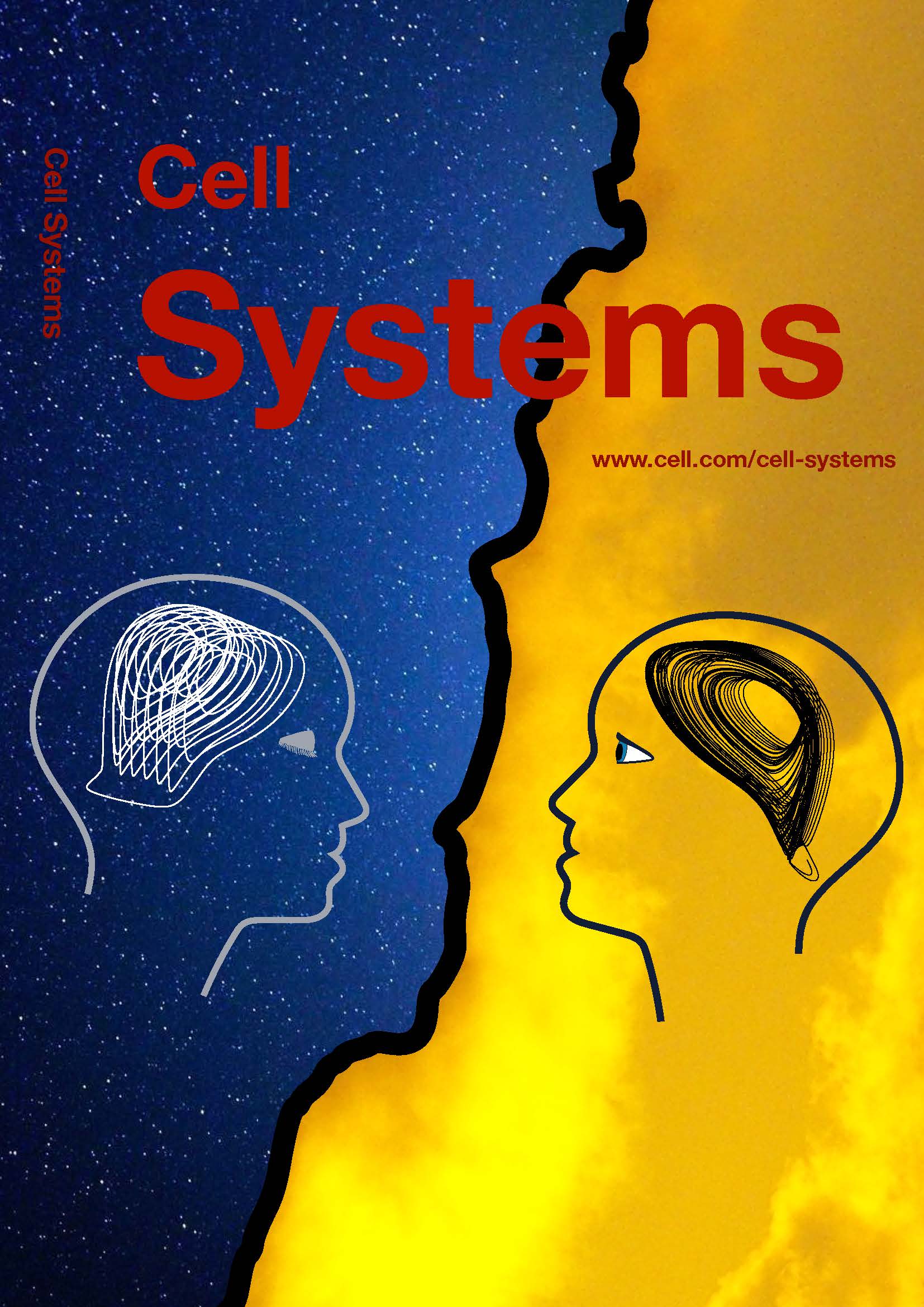New publication from Rune Rasmussen in Cell Systems - Chaotic Dynamics Mediates Brain State Transitions, Driven by Changes in Extracellular Ion Concentrations
By extending the Averaged Neuron model to include changes in extracellular ion concentrations, Rasmussen et al. show that transitions between states of sleep and wakefulness are facilitated by ionic changes and governed by chaotic dynamics, which ensure smooth and robust transitions.


Previous studies have suggested that changes in extracellular ion concentrations initiate the transition from an activity state that characterizes sleep in cortical neurons to states that characterize wakefulness. However, because neuronal activity and extracellular ion concentrations are interdependent, isolating their unique roles during sleep-wake transitions is not possible in vivo. Here, we extend the Averaged-Neuron model and demonstrate that although changes in extracellular ion concentrations occur concurrently; decreasing the conductance of calcium-dependent potassium channels initiates the transition from sleep to wakefulness. We find that sleep is governed by stable, self-sustained oscillations in neuronal firing patterns, whereas the quiet awake state and active awake state are both governed by irregular oscillations and chaotic dynamics; transitions between these separable awake states are prompted ionic changes. Although waking is indicative of a shift from stable to chaotic neuronal firing patterns, we illustrate that the properties of chaotic dynamics ensure that the transition between states are smooth and robust to noise.
Authors and affiliations:
Rune Rasmussen, PhD student, Yonehara Group, DANDRITE, Aarhus University
Mogens Høgh Jensen, Professor, Niels Bohr Institute, University of Copenhagen
Mathias Luidor Heltberg, PhD student, Niels Bohr Institute, University of Copenhagen
